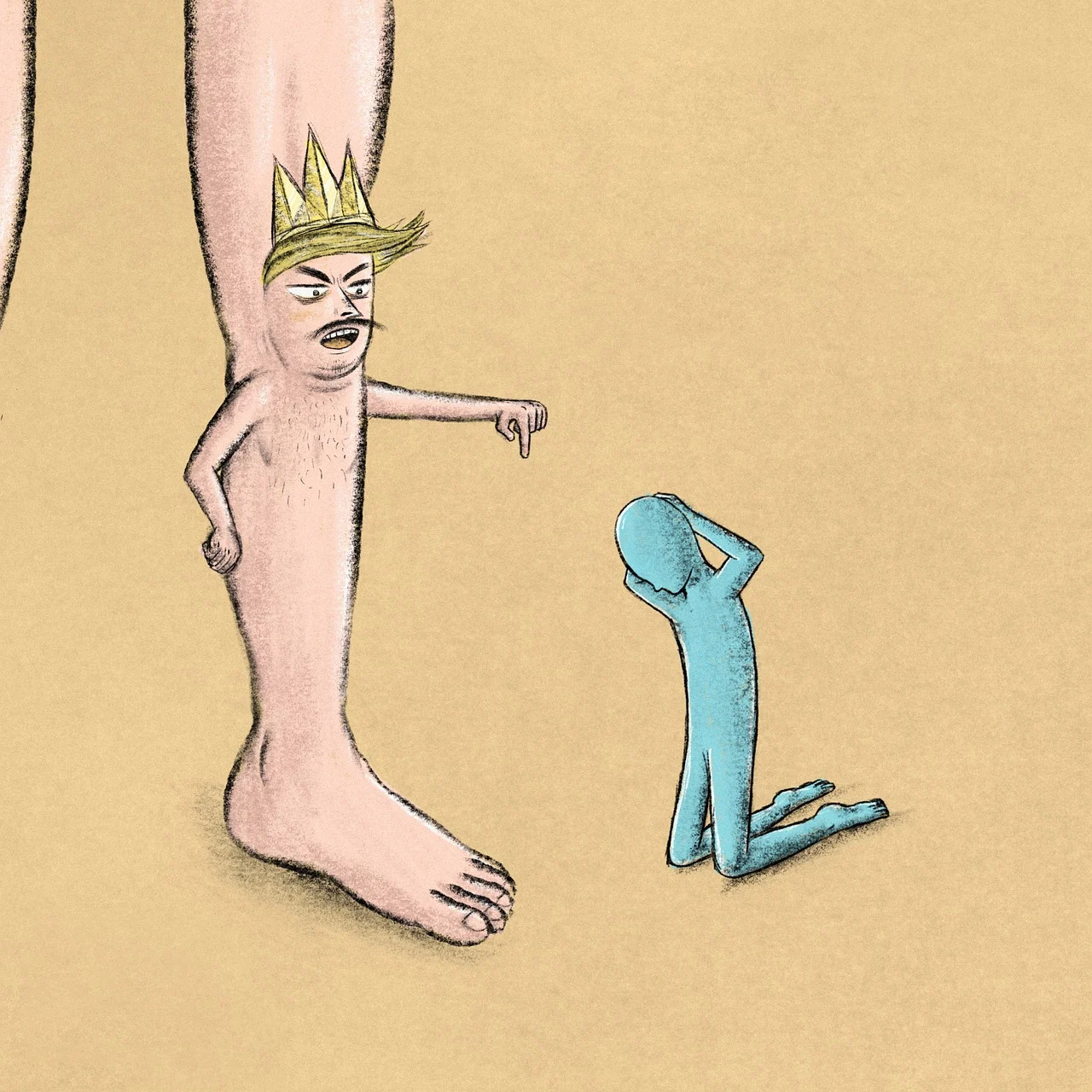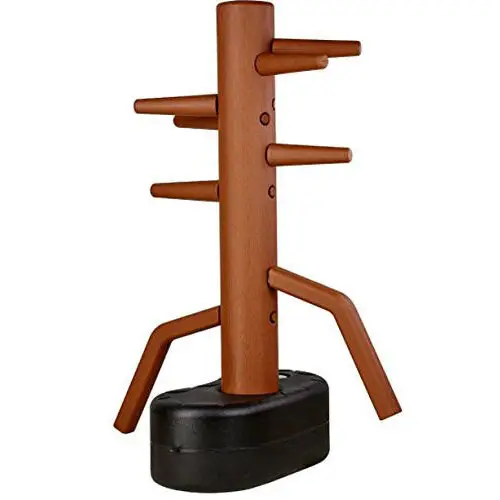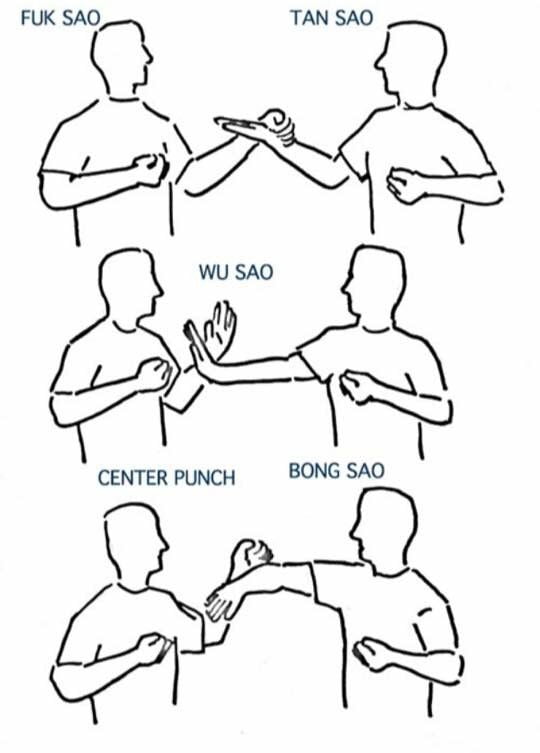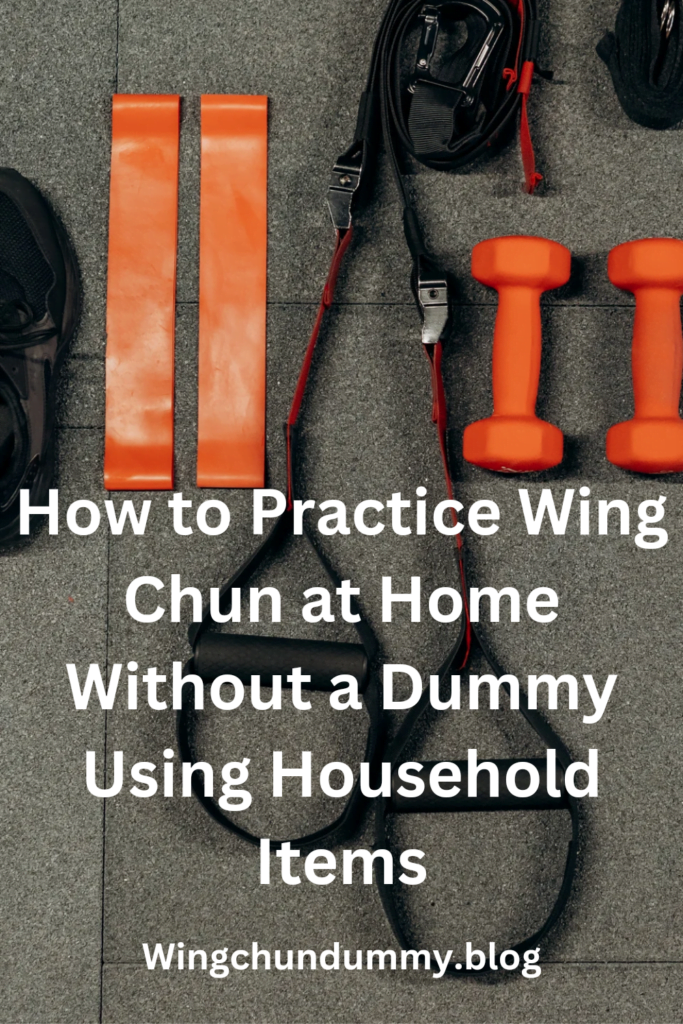Wing Chun is a traditional Chinese martial art that has gained global recognition for its practical and efficient techniques. (How to Practice Wing Chun)
Originating from the Shaolin temples of Southern China, Wing Chun was developed by Buddhist monks and further refined by martial artists over centuries.
It is characterized by its emphasis on close-range combat, quick strikes, and the use of an opponent’s force against them.
The core principles of Wing Chun involve centerline theory, simultaneous attack and defense, and relaxation over brute strength.
Centerline theory focuses on protecting and attacking along the central axis of the body, which is the most direct path for both offense and defense.
Simultaneous attack and defense are achieve through techniques that allow practitioners to block an incoming strike while delivering a counterattack.
Relaxation is emphasized to maintain fluidity and efficiency in movements, reducing unnecessary tension and conserving energy.
Practicing Wing Chun offers numerous benefits.
For self-defense, its techniques are designed to be effective regardless of the practitioner’s size or strength, making it accessible to individuals of all backgrounds.
Additionally, Wing Chun training enhances physical fitness by improving balance, coordination, and cardiovascular health.
The mental discipline required in mastering Wing Chun also promotes focus, stress relief, and confidence.
Regular practice is crucial for mastering Wing Chun.
While traditional training often involves the use of a wooden dummy, it’s possible to adapt routines for home practice using household items.
This flexibility allows practitioners to maintain their skills even without access to specialize equipment.
By integrating Wing Chun into daily life, individuals can continuously refine their techniques, ensuring they are prepare for real-world situations and benefiting from the physical and mental rewards of consistent training.

Essential Wing Chun Techniques
Wing Chun, a traditional form of Chinese martial arts, relies on a set of fundamental techniques that form the backbone of its practice.
These techniques are essential for any practitioner, as they provide the foundation upon which more advanced skills are built.
Understanding and mastering these basic techniques is crucial for progression in Wing Chun.
Here, we will explore some of the key techniques, including punches, blocks, kicks, and stances.
and how you can practice them effectively at home using household items.
One of the most iconic techniques in Wing Chun is the Chain Punch (also known as Lin Wan Kuen).
This rapid succession of straight punches aims to overwhelm an opponent.
Practicing chain punches at home can be done using a wall or a soft surface to simulate the impact.
Focus on maintaining proper form and speed, ensuring your punches are delivered in a straight line.
Another critical technique is the Tan Sao (Palm-Up Block).
This defensive maneuver is used to deflect incoming attacks.
To practice Tan Sao at home, you can use a chair or a broomstick to simulate an opponent’s arm.
Stand in front of the object and practice the motion of raising your arm and turning your palm up to block, maintaining a relax but firm structure.
Kicks in Wing Chun, such as the Front Kick (also known as Jut Gerk), are designed to be quick and efficient.
Practicing front kicks at home can be done using a sturdy chair or a wall for balance.
Aim to deliver the kick quickly and retract your leg immediately to maintain your stance and balance.

Stances are another fundamental aspect of Wing Chun, with the Yee Jee Kim Yeung Ma (Character Two Adduction Stance) being particularly important.
This stance provides stability and balance.
To practice this at home, stand with your feet shoulder-width apart, toes pointed inward slightly, and sink into a low, stable position.
Ensure your knees are slightly bent, and your weight is evenly distribute.
By consistently practicing these essential Wing Chun techniques at home, you can build a strong foundation in the art.
Utilizing household items as training aids can help simulate real-world scenarios.
enabling you to enhance your skills effectively even without a traditional training dummy.
Substitute for the Wooden Dummy
Practicing Wing Chun at home can be challenging without the traditional wooden dummy.
However, with a bit of creativity, household items can serve as effective substitutes.
These alternatives can help you continue your training regimen without compromising on the quality of your practice.
One of the most accessible substitutes is a heavy bag.
While it may not have the same structure as a wooden dummy, a heavy bag can allow you to practice striking and improve your accuracy and power.
Ensure the bag is securely fastened to avoid any accidents.
You can also wrap the bag with additional padding if needed, to better simulate the resistance of a wooden dummy.
A sturdy chair can also serve as a makeshift dummy.
Choose a chair with a solid build and no wheels.

By positioning the chair at different angles, you can practice various Wing Chun techniques.
Be cautious to maintain your balance and control your movements to prevent the chair from tipping over.
Adding cushions or padding to the chair’s back and arms can provide a more realistic training experience.
The wall is another viable option for practicing Wing Chun at home.
You can use a padded surface or a wall-mounted striking pad to practice your techniques.
Ensure the wall is structurally sound and free from any obstacles that could cause injury.
When using the wall, focus on controlling your strikes and maintaining proper form to avoid any potential harm.
Regardless of the substitute you choose, it’s crucial to prioritize safety.
Always warm up before starting your practice to prevent injuries, and use protective gear such as gloves 🧤🧤 or wrist guards if necessary.
Regularly inspect your chosen equipment to ensure it remains in good condition and can withstand the intensity of your training sessions.
By using these household items, you can effectively practice Wing Chun at home, maintaining your skills and staying on top of your training regimen.
Practicing Chi Sao with Household Items
Chi Sao, or “sticky hands,” is a fundamental exercise in Wing Chun, emphasizing sensitivity, reflexes, and close-quarter combat skills.
It plays a crucial role in developing tactile awareness and the ability to respond instinctively to an opponent’s movements.
Traditionally practice with a partner, Chi Sao can also be simulate using common household items such as a broomstick or resistance bands.
ensuring that practitioners can refine their skills even when a training partner is unavailable.
To practice Chi Sao with a broomstick, start by finding a sturdy broomstick or similar item.
Stand in your Wing Chun stance, holding the broomstick horizontally in front of you at chest level.
Imagine the broomstick as your opponent’s arms.
Begin by lightly pressing your forearms against the broomstick, maintaining contact while moving your arms in circular patterns.
Focus on maintaining a constant, light pressure, simulating the feeling of “stickiness” that is essential to Chi Sao.
To enhance the drill, you can involve a second person to hold the broomstick and provide variable resistance, mimicking the unpredictable nature of an actual opponent’s movements.
This variation helps develop your ability to adapt and respond to changing pressures and directions.
Alternatively, resistance bands offer a versatile and dynamic way to practice Chi Sao.
Attach a resistance band to a stable anchor point at chest height.
Hold the other end of the band with both hands, maintaining slight tension.
As you move your arms in circular patterns, the band will provide resistance, simulating the push and pull of an opponent’s arms.
Adjust the tension to match your skill level and increase it gradually as you become more comfortable with the movements.
Regardless of the household item use, safety should always be a priority.
Ensure that the broomstick or resistance bands are secure and that the practice area is free of obstacles.
Regularly check the condition of the equipment to avoid accidents.
With consistent practice, these creative adaptations can effectively supplement your Wing Chun training, helping you build the essential skills needed for Chi Sao.
Improvised Training Tools
Practicing Wing Chun at home without a traditional wooden dummy can pose a challenge.
but with a bit of creativity, you can utilize everyday household items to enhance your training.
These improvised tools can help you maintain grip strength, improve hand-eye coordination.
And refine your stances and angles, ensuring a well-round practice session.
Rolled-Up Towel for Grip Strength
A rolled-up towel can be an excellent substitute for enhancing grip strength, which is crucial in Wing Chun.
To use a towel effectively, roll it tightly and secure it with rubber bands or string.
Hold the towel in both hands, squeezing and releasing it repeatedly to build up your grip strength.
This exercise targets the muscles in your hands and forearms, mimicking the resistance and grip require during actual combat or training with a partner.
Tennis Ball for Hand-Eye Coordination
Hand-eye coordination is vital in Wing Chun, and a tennis ball can serve as a practical training tool.

Stand a few feet from a wall and throw the tennis ball against it, catching it with one hand as it rebounds.
Alternate hands with each throw to ensure balance coordination development.
This exercise helps sharpen your reflexes and improves your ability to track and intercept movements, essential skills in Wing Chun sparring.
Mop Handle for Practicing Stances and Angles
For practicing stances and angles, a mop handle or broomstick can be surprisingly effective.
Hold the handle horizontally at chest height, using it to guide and align your stance.
Perform basic stances like the Yee Jee Kim Yeung Ma (Wing Chun’s basic stance) while ensuring your body remains aligned with the handle.
Additionally, use the handle to practice angles by moving it in different directions, simulating various attack and defense scenarios.
This will help you develop a better understanding of body mechanics and spatial awareness.
By incorporating these household items into your Wing Chun practice, you can effectively train various aspects of the martial art at home.
These improvised tools offer a practical solution.
Ensuring that your training remains comprehensive and beneficial, even without a traditional wooden dummy.
Solo Drills and Forms
Practicing Wing Chun at home without a dummy is entirely feasible by focusing on solo drills and forms that are foundational to the martial art.
These exercises not only build muscle memory but also enhance precision and fluidity in movements.
One of the most essential forms in Wing Chun is the Siu Nim Tao, or
“Little Idea Form.”
This form lays the groundwork for all subsequent techniques and emphasizes proper stance, structure, and hand movements.
To perform Siu Nim Tao correctly, begin in the Yee Jee Kim Yeung Ma stance, with feet shoulder-width apart and knees slightly bent.

Your spine should be straight, and your weight evenly distribute.
Start with the first section, focusing on slow and deliberate hand movements. Practice the Tan Sau (Palm-Up Hand).
Fook Sau (Bridge Hand), and Bong Sau (Wing Arm) with meticulous attention to form and structure.
Repetition is key; aim to perform the Siu Nim Tao daily, slowly increasing the speed and fluidity of your movements as you grow more comfortable.
In addition to Siu Nim Tao, incorporate punching drills to build speed and accuracy.
For example, the chain punch (Lin Wan Kuen) is a rapid succession of straight punches perform from the centerline.
Begin by standing in your Wing Chun stance and practicing punches in sets of 50.
ensuring each punch is precise and returns to the guard position.
This drill can perform without any equipment.
but using a wall or sturdy door for resistance can simulate the impact and enhance your training.
Household items can also be cleverly utilized to replicate traditional training tools.
For instance, a rolled-up towel can serve as a substitute for the Wing Chun dummy’s arms, allowing you to practice blocking and deflecting techniques.
Additionally, chairs or broomsticks can be employed to simulate obstructions, helping you refine your footwork and movement around obstacles.
The key to mastering these solo drills and forms lies in consistent practice and unwavering attention to detail, ensuring each movement is execute with precision and intent.
Strength and Conditioning Exercises
Strength and conditioning are pivotal components in Wing Chun practice, as they enhance both physical endurance and technique.
While traditional training often involves specialize equipment, effective exercises can be conduct at home using common household items.
Engaging in these exercises not only aids in developing the specific muscle groups required for Wing Chun but also promotes overall fitness.
One practical exercise is the push-up, which can be intensify using a chair.
Place your feet on the chair while performing push-ups to increase the resistance and engagement of your upper body muscles, particularly the shoulders and chest.
This variation simulates the upper body strength necessary for effective striking and blocking in Wing Chun.
Squats, another essential exercise, can be enhanced by using a backpack loaded with books or other heavy items.

Wearing the weight backpack while performing squats targets the lower body muscles, including the quadriceps, hamstrings, and glutes.
This exercise builds the explosive power needed for swift footwork and stable stances.
Additionally, water bottles can serve as convenient weights for various exercises.
Holding a water bottle in each hand, perform bicep curls, shoulder presses, and lateral raises to strengthen the arms and shoulders.
These movements are crucial for maintaining strong and controll punches and defensive maneuvers in Wing Chun.
To create a comprehensive workout plan that aligns with Wing Chun training, consider the following routine:
Warm-Up (5-10 minutes):
- Jumping jacks
- Arm circles
- Leg swings
Main Workout:
- Push-Ups with Chair (3 sets of 10-15 reps)
- Squats with Backpack (3 sets of 15-20 reps)
- Bicep Curls with Water Bottles (3 sets of 12-15 reps)
- Shoulder Press with Water Bottles (3 sets of 10-12 reps)
- Lateral Raises with Water Bottles (3 sets of 12-15 reps)
Cool Down (5-10 minutes):
- Stretching exercises for arms, legs, and back
- Deep breathing exercises
Incorporating these strength and conditioning exercises into your routine will not only enhance your Wing Chun practice.
but also contribute to your overall physical fitness, allowing you to execute techniques with greater efficiency and power.
Creating a Consistent Training Routine
Establishing a consistent training routine is vital for anyone looking to practice Wing Chun at home without a dummy.
The first step in doing so is setting clear and achievable goals.
Whether you aim to master a specific technique, improve your overall fitness, or simply integrate Wing Chun into your daily life, having a define objective will keep you focused and motivated.
Break down your long-term goals into smaller, manageable milestones, and celebrate your progress as you achieve each one.
Tracking your progress is another crucial aspect of maintaining a consistent training routine.
Keep a training journal to note what techniques you practice, any challenges you encounter, and your improvements over time.
This will help you identify patterns, recognize areas that need more attention, and stay motivate by seeing your growth.
Additionally, recording your sessions can be beneficial for self-assessment and making necessary adjustments to your routine.
To stay motivate, integrate Wing Chun practice into your daily life seamlessly.
Designate a specific time each day for your training, treating it as a non-negotiable appointment.
This consistency will help build a habit, making it easier to maintain over the long term.
Also, consider setting up a dedicate training space at home, free from distractions.
and equipp with household items that can serve as substitutes for traditional Wing Chun equipment.
Overcoming common challenges faced when training alone can be daunting, but it is essential for progress.
One effective strategy is to connect with a community of fellow practitioners online.
Engaging in forums, participating in virtual classes, and seeking feedback from more experience practitioners can provide valuable insights and support.
Additionally, setting regular check-ins with a training partner, even if virtually, can add an element of accountability to your routine.
Incorporating these strategies into your Wing Chun practice will help you maintain consistency, stay motivate.
and continually improve your skills, even when training at home without a dummy.
Remember, the key to success lies in perseverance, discipline, and a structures approach to your training routine.





